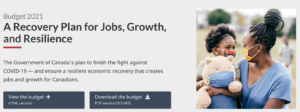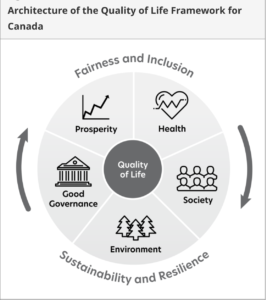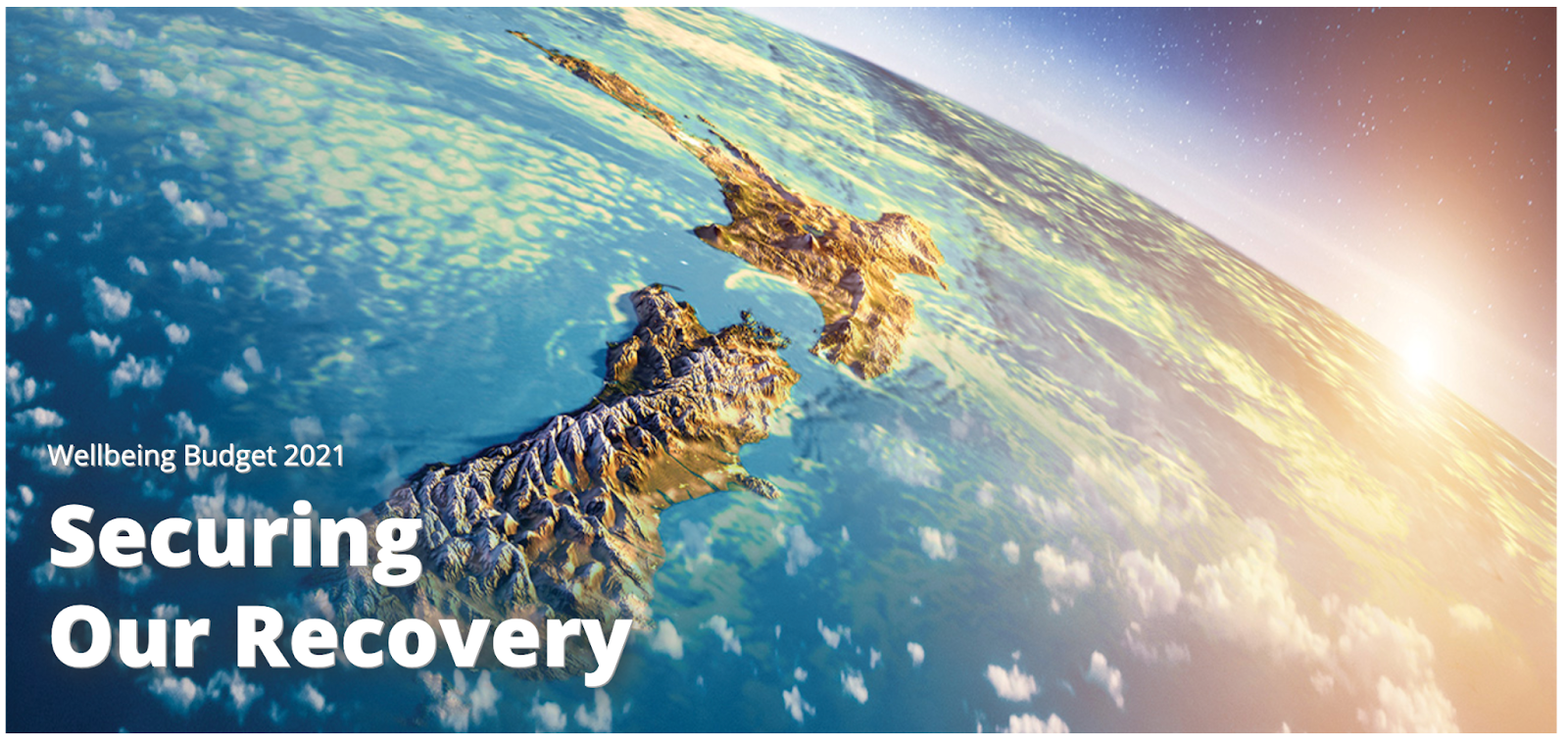Towards a wellbeing budget – examples from Canada and New Zealand
In April and May this year both Canada and New Zealand published quality of life/wellbeing budgets using WISE-type frameworks (Work, Income, Society and governance, Measure wellbeing as a policy goal, Emotional mental health, Relationships and communities) and also subjective wellbeing metrics.
In the UK, alongside the Office of Budget Responsibility producing a GDP outlook, we have suggested that the inclusion of a ‘wellbeing outlook’ also could be produced.
Right now the What Works Centre for Wellbeing is looking at the impact of Covid-19 on subjective wellbeing across the 6 ONS drivers for different population groups:
- Health (directly related to Covid-19, as well as other physical and mental health)
- What we do (jobs, care responsibilities, activities)
- Money (income, wealth, debt)
- Education (access and quality)
- Where we live (housing, local environment, community)
- Relationships (family, social networks)
Here are some key takeaways from the Canada and New Zealand ‘wellbeing budgets’ that we would like to see replicated in the UK…
Canada Quality of Life Budget – April 2021

There is a quality of life theme integrated throughout the budget overview:
‘Budget 2021 outlines a plan that will get Canadians back to work and begin improving Canada’s growth potential. The actions in this budget will build upon the commitments made in the 2020 Fall Economic Statement and the Enhanced Climate Plan, which together comprise a recovery plan that will create shared prosperity, improve Canadians’ quality of life, and power our green transformation.’
In Chapter 10 there are investments in Statistics Canada’s capacity to measure quality of life:
‘There is a growing recognition internationally that economic growth is only one dimension of what makes for a good quality of life. Currently, Canada collects less detailed information about non-economic indicators than economic indicators. Better federal data sets are needed to better incorporate quality of life measurements into decision-making and budgeting, similar to international approaches such as in New Zealand and Scotland.’
Quality of Life framework (Annex 4):

The Budget Impacts Report (Annex 5) has been expanded to assess each budget measure against the quality of life framework.
‘This report is also expanded this year to contain additional information on the nature of the impacts expected from each budget measure, reflecting the government’s commitment to better incorporate quality of life measurements into decision-making and budgeting. As outlined in Measuring what Matters, the government is beginning to track progress on a range of fronts to ensure that priorities and decision-making are based on evidence of what will most improve current and future Canadians’ quality of life.’
Alongside the budget, the Canadian federal government’s Finance Ministry also published a green paper: Measuring What Matters: Toward a Quality of Life Strategy for Canada
Monitoring and reporting on a broader set of measurements, rather than just on standard economic ones, aims to better ensure that government actions are coordinated and that decisions are evidence-based, with investments focussed on areas that have the greatest impact on Canadians’ quality of life. It would also improve policy coherence, transparency and accountability with respect to government priorities, objectives and results.
Quality of life data and evidence are powerful tools that can help achieve this goal in a coherent way. That is why the government is working on a Quality of Life Framework that would put a more holistic and comprehensive evidence base at the centre of government decision-making, both now and over the longer term.
Also, just a few weeks ago, Nova Scotia released a Quality of Life budget.
‘We are building a Nova Scotia that is a world leading start-up capital where companies will invest, grow their firms, and create good jobs. We are creating the right environment, so that people can work anywhere in the world from right here in Nova Scotia and have an excellent quality of life. We are reducing the regulatory burden so businesses can thrive.’
New Zealand Wellbeing Budget – May 2021

‘The Labour Government is committed to achieving its policy goals using a wellbeing approach. This means giving people the capabilities to live lives of purpose, balance, and meaning to them. To do this, we are looking beyond traditional measures of success, such as Gross Domestic Product (GDP), to broader indicators of wellbeing.’
The New Zealand wellbeing budget this year now explicitly includes life satisfaction as a core metric which is a quiet but important shift from the previous version: This data can be found on page 11/12 of the main budget document:
- In spite of the impacts of COVID-19, reported levels of life satisfaction remained high across 2020 and the beginning of 2021.
- Overall life satisfaction remained constant across the Household Labour Force Survey wellbeing supplements in the December 2020 quarter and March 2021 quarter, with 86 percent of New Zealanders reporting high satisfaction (7 or more out of 10).
- Average reported life satisfaction was 8 out of 10 in the March 2021 quarter, the same as in the December 2020 quarter and slightly higher than the June and September 2020 quarters.
- Average levels of life satisfaction were similar across gender, ethnicity, and regions.
- Overall life satisfaction tended to increase with job security.
- The March data showed 26 percent of those who thought there was an almost certain or high chance of losing their job or business in the next 12 months rated their life satisfaction poorly (0-6 out of 10), compared to 9.3 percent of those who thought there was almost no chance.
- The responses to the Household Labour Force Survey wellbeing supplement show that some groups of New Zealanders reported lower levels of wellbeing across various dimensions, relative to the general population
‘Human capital includes our skills, knowledge, and physical and mental health, which directly link to key elements of wellbeing, such as employment, income, housing, and social connections.
‘The Government’s response to COVID-19 has been underpinned by a wellbeing approach – that the strongest economic response is a strong public health response. Investments to support people’s wellbeing during the pandemic included measures to protect jobs and incomes, create new training opportunities, and support New Zealanders’ physical and mental health.’
Read more:

